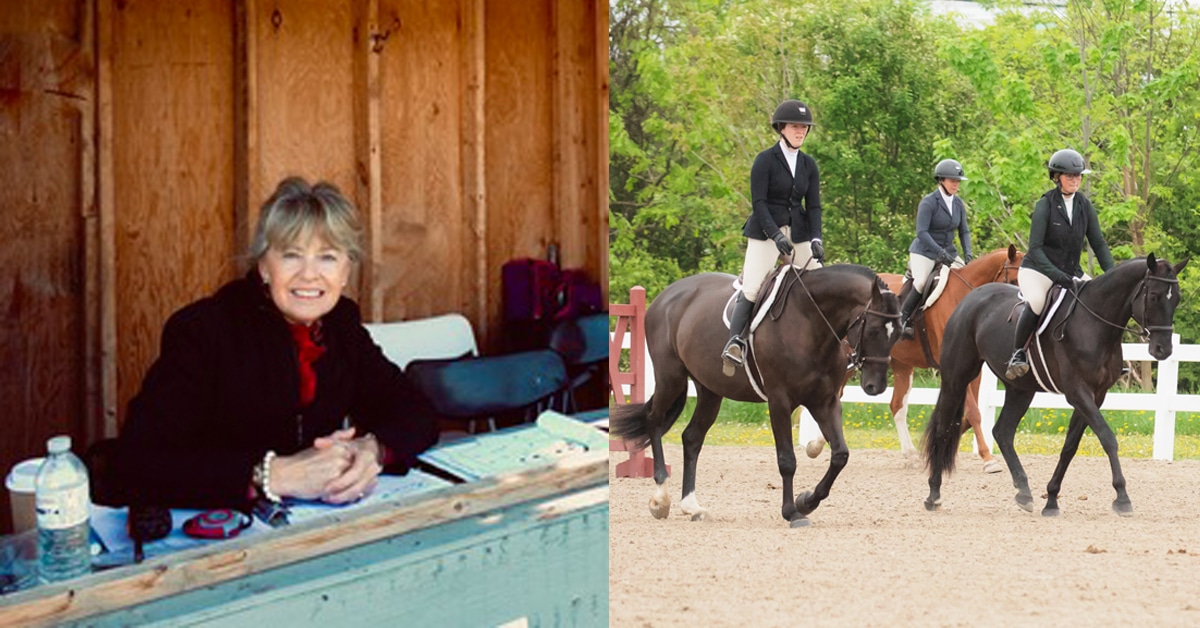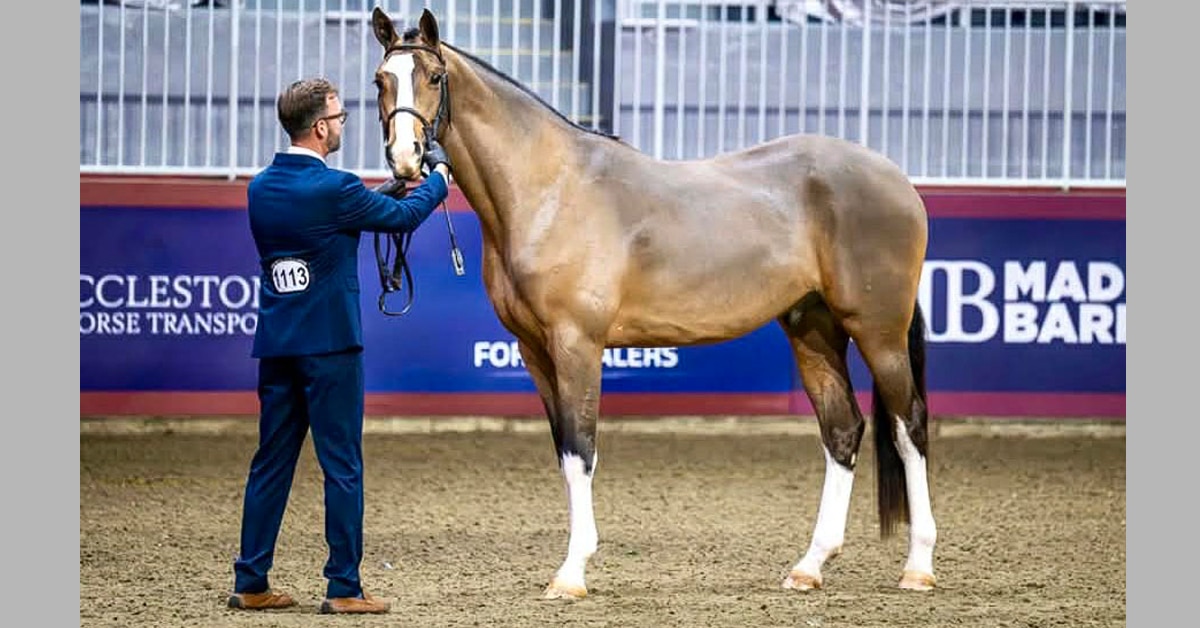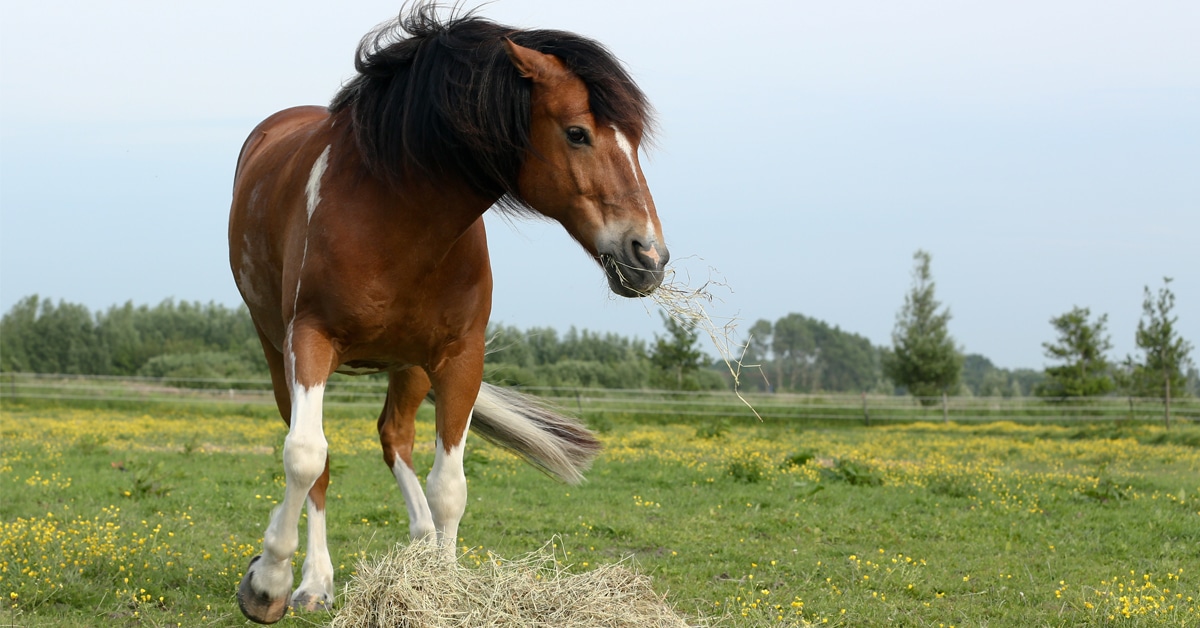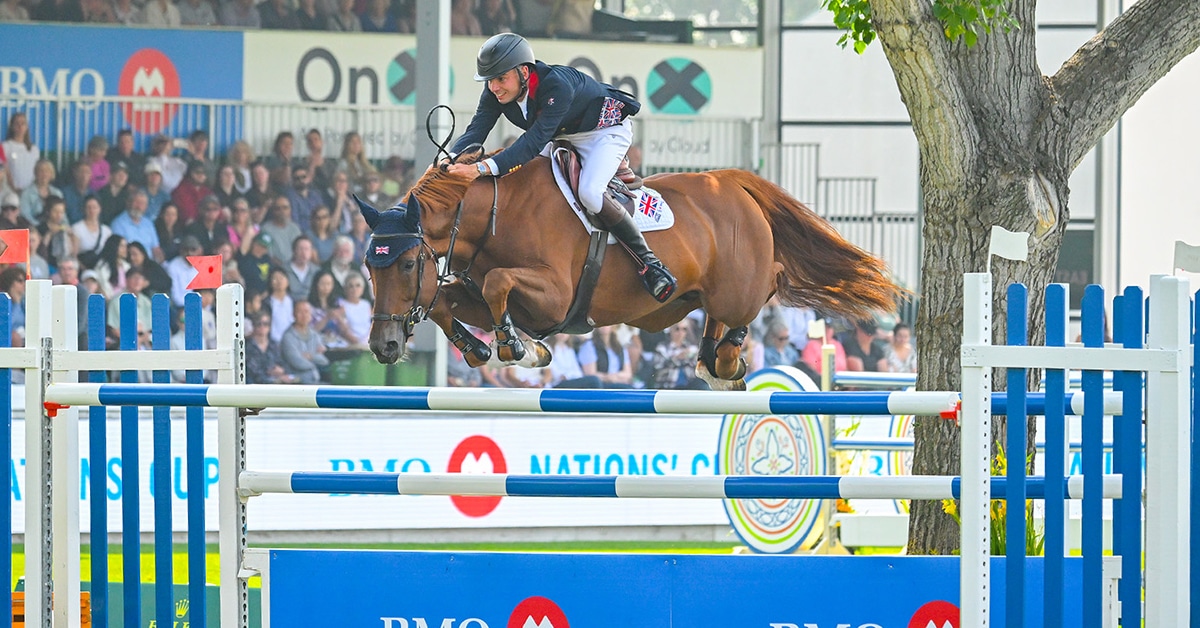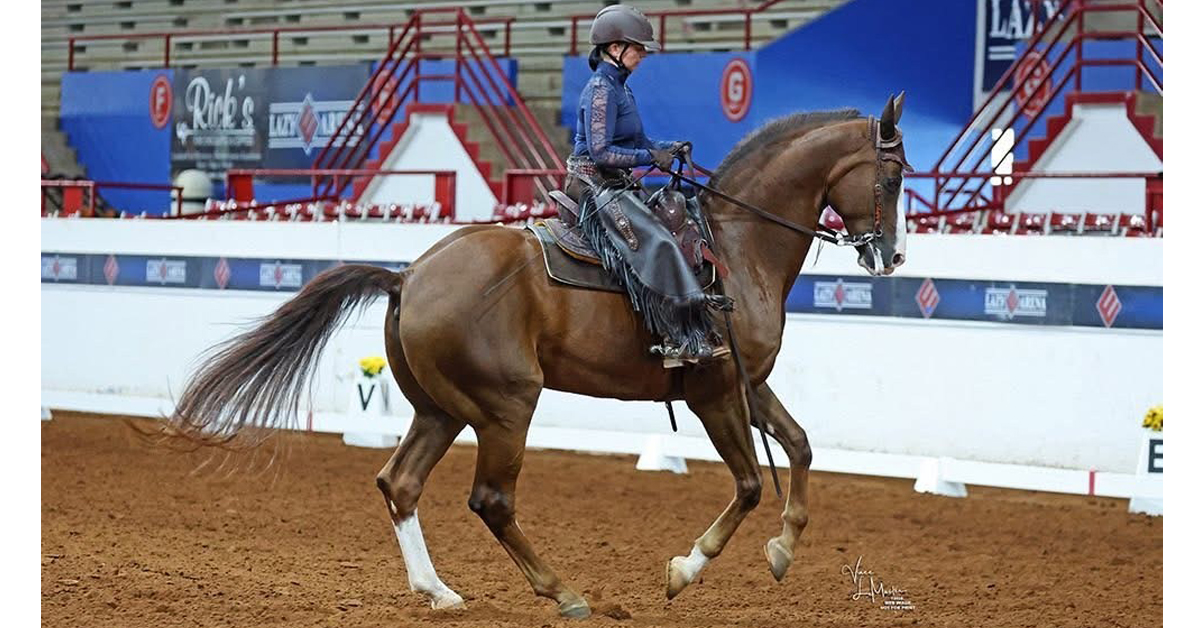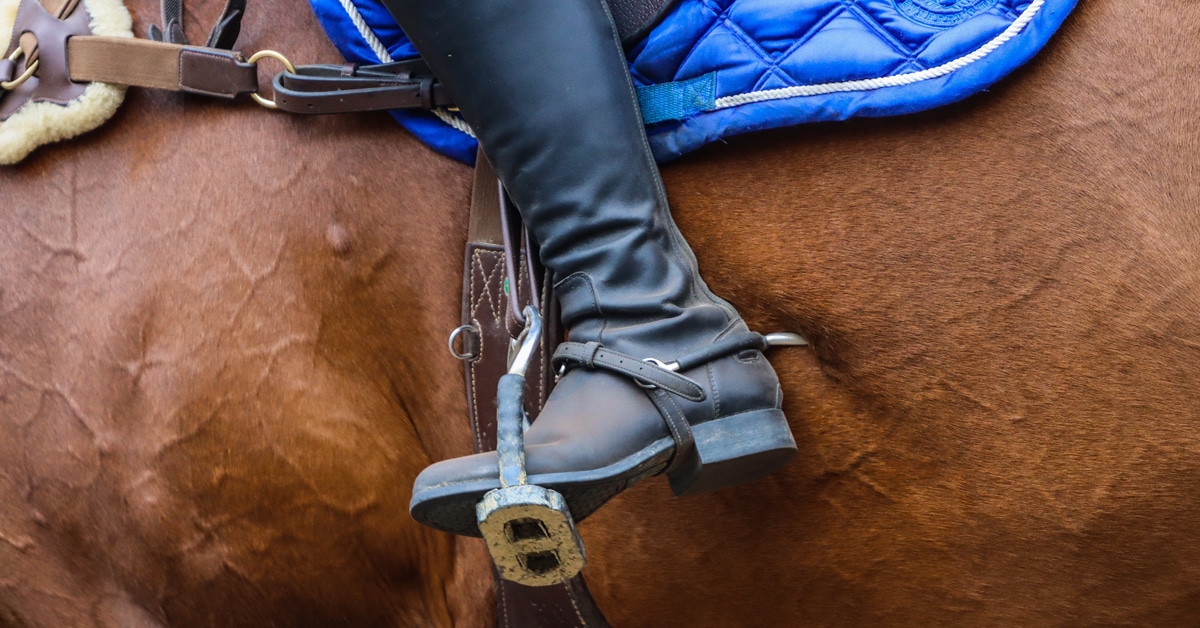While the equine diet should mainly consist of forages (hay, pasture) to ensure sufficient fibre to keep the horse’s hindgut healthy, some horses have such high caloric requirements that they can’t actually consume enough forage to meet these needs. Cereal grains have higher energy density (calories per kg weight) than forages, but tend to lack in many other nutrients. This is why if you feed cereal grains rather than commercially-prepared feeds (which will be discussed in the next article), you should be very careful to fortify your horse’s diet with a vitamin/mineral source and perhaps a protein supplement such as soybean meal.
What are Cereal Grains?
Grains are the seeds of plants, so they contain the plant embryo itself (the germ), the nutrients to support the developing plant (within the endosperm) and protection (the bran, and often the hull such as found around oats and barley). The germ is small, but provides protein, minerals, vitamin E and fatty acids. The endosperm is mostly starch and the bran is high in fibre, fat and protein. Different grains will have different percentages of these fractions, but the main nutritive component of cereal grains is the starch, which is digested and metabolized to provide energy for the horse.
Oats are a popular horse feed and are included in many commercial mixes – and for good reason. Oats provide among the highest amounts of protein compared other grains, are higher in fibre than most other grains (thanks to their hull) and are also lower in starch, as indicated by a lower non-structural carbohydrate content. Corn provides among the lowest amounts of protein, but the highest amounts of energy and starch. Barley is intermediate to corn and oats from a nutritional standpoint. Wheat is rarely fed whole to horses, in large part due to its hard kernel. Wheat bran, a by-product of the flour industry, is more commonly fed. (See chart for comparative nutrient compositions of several grains.)
Starch’s Bad Rep
The high amounts of starch found in cereal grains often give them a bad reputation. This is further complicated by the fact that the starches in different grains are digested less efficiently by horses. In particular, barley’s starch is rarely fed without some kind of processing. High amounts of starch result in higher energy density, but also may cause fluctuations in blood glucose and insulin concentrations, potentially contributing to metabolic disorders. Further, high amounts of starch may not be digested completely in the small intestine, causing starch to spill into the large intestine where it is fermented, possibly leading to gas production, acid production and potentially colic or laminitis.
Horses that require high amounts of cereal grain in their diets are often highly athletic and therefore have high calorie requirements, and are also at low risk for the development of metabolic conditions. It is suggested, however, when feeding large amounts of cereal grains daily to divide them into several small meals so that the starch load to the digestive tract is minimized.
Lacking in Lysine
As indicated above, most cereal grains are relatively low in protein. Further, they are of low protein quality, meaning that some essential amino acids, in particular lysine, are lacking. Therefore, growing horses should not be fed cereal grains without some additional high-quality protein source such as soybean meal. It should also be noted from the table that the calcium and phosphorus ratio of cereal grains are inverted; if you recall, calcium and phosphorus ratios should be 2:1 (2 parts Ca to 1 part P). Cereal grains are beneficial to some degree as a source of phosphorus in the diet (you’ll also note hay is lower in phosphorus), but if you are not careful it is possible to disrupt the desired balance of these nutrients, particularly if you feed high amounts of wheat bran.
Crimped vs. Whole
Processing grains helps to break down the outer protective hull and/or bran in order to improve digestibility so the horse’s enzymes can reach starch on the inside. However, much ‘natural’ processing is done if the horse has good teeth! Some grains, such as wheat, corn and barley, are harder and digestibility is indeed improved with cold processing such as crimping, cracking, rolling, or flaking, or heat processing such as steaming, micronizing or extruding. These processes tend to increase the cost of the feed, and may also decrease the shelf life of the grain, as now the insides of the seed are at risk of going rancid or moulding. Oat digestibility is not improved significantly with processing, provided the horse’s teeth are in good shape.
Lastly, it should be noted that different grains weigh different amounts per unit volume (bushel, scoop, etc). Therefore, when comparing the nutrients in one scoop of corn to one scoop of oats, not only would each scoop weigh different amounts, but the resulting nutrients in that scoop are highly different. For example, a small scoop of corn weighs 680 grams, while a small scoop of oats weighs 500 grams. But that same scoop of corn provides almost twice the energy in calories than oats (2.3 mcal vs 1.4).
While cereal grains are very useful in horse’s diets, they should be fed carefully and with the help of a nutritionist to ensure the nutrient composition of the entire diet meets the horse’s needs.
The Latest

